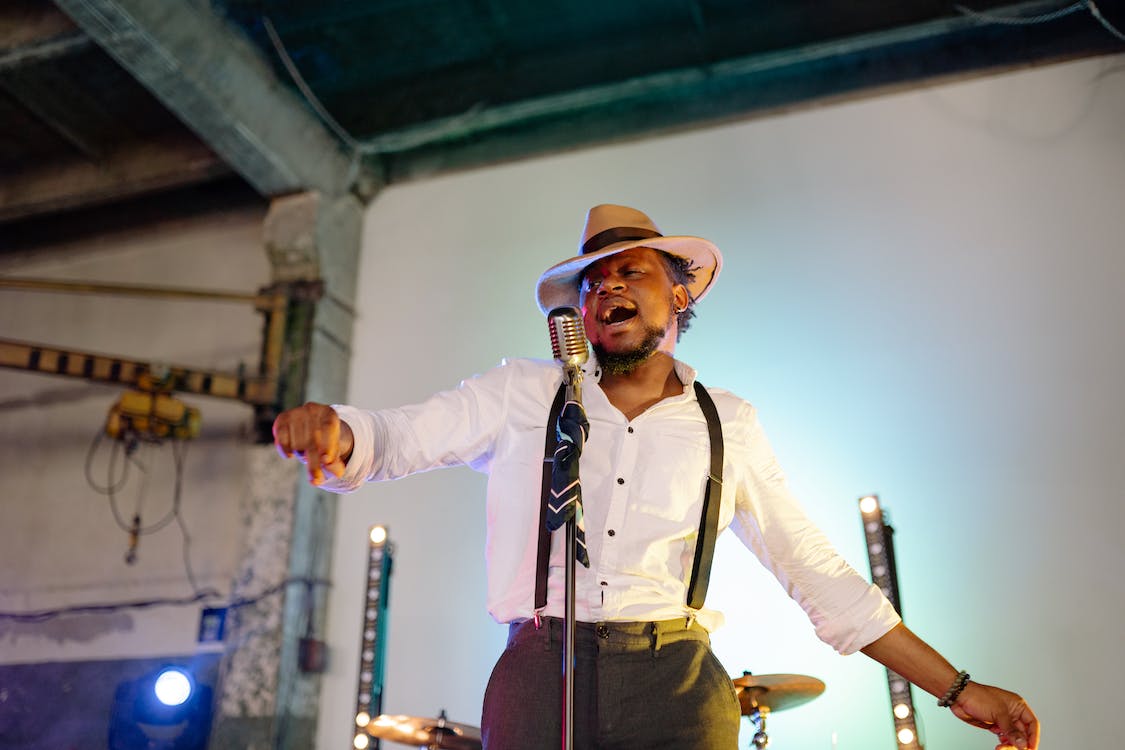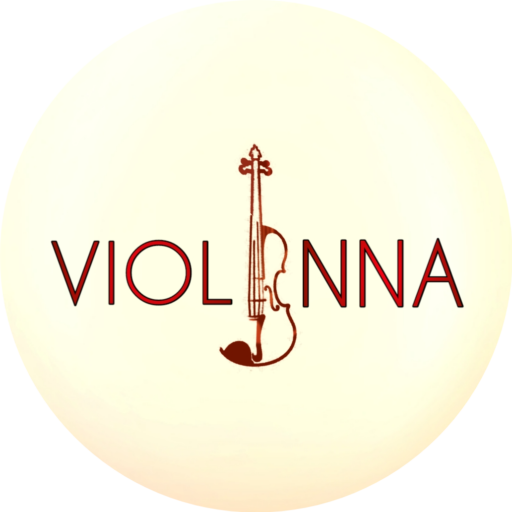
We can develop musicality through the study of music theory, harmonic analysis, history, and ear training. These are studies that help us understand music better on an intellectual and aural level. On the other hand, we can also experience emotions that we wish to express through music, and/or we feel something while listening to a piece. We might know exactly how we wish to phrase something and have a vision for the bigger scope of a piece. However, all that musicality can be blocked by our physical body when we pick up our instrument.
Breath + Physical Flow
One fundamental to expressing musicality is breathing. If we lack a good breath, the musical expression and phrasing will easily get trapped and constricted, even with good intentions of the player. As a violinist, this is something I often have to remind myself. Breathing gets taken for granted by most string players as it’s “not required” to produce sound. However, if we do have a good breath but our bow is frozen or “glued” to the string during the preparation, the sound won’t flow out naturally. It’s so important to have a physical follow-through and preparation with our bow that matches the music. This is analogous to the tennis player who prepares before each swing of the racket or the golfer who prepares to swing the golf club.
Mobility Health
Remember – the bow is connected to our arm as an “extension” and the arm is connected to our sternum via the shoulder and collar bone. Tight shoulders or being hunched forward creates restriction that can prevent a good preparation and/or follow-through. In this day and age many of us (musicians and office workers alike) spend too many hours in front of a screen. Even worse is what our necks like to do when we are busy texting away or “doom-scrolling” on our phones. Understanding the culture we live in, it’s more important than over to take ownership of incorporating physical movement regularly in our lives – not just for the sake of expressing musicality with more freedom but also for general health. For violinists and violists, this might come in the form of practicing connecting our breath to specific physical exercises that open up our chest, mobilize the shoulder blades, and develop a stable core.
Dance
Another way to develop our musicality through movement is to take a dance class. Several years ago, I participated in a Baroque workshop in Japan, where all musicians were required to take a beginner dance class and learn basic steps to suite dance movements such as the Bourrée, Minuet, and even Sarabande. This past summer, I took a beginner Argentine tango class followed by a reading session of tango music with Solidaridad Tango, an all-female tango orchestra from Toronto. Even if you’re the worst dancer on the planet, putting just one foot outside that comfort zone circle can serve you musically! The physical movement of dance allows us to feel distinct styles of music better (especially rhythm) while simultaneously improving our posture and allowing us to play with more freedom. As a bonus, it comes with the release of dopamine and a great workout!
One Caveat
There is one paradox, however. Sometimes excess movement can get in the way of musicality. Moving too much while playing the violin, for instance, turns the instrument into a “moving target” making it difficult for the bow to maintain a good contact point. In this instance, less is more – it’s best to feel physically free but also remain stable during performance to express our most sincere musical intentions.
